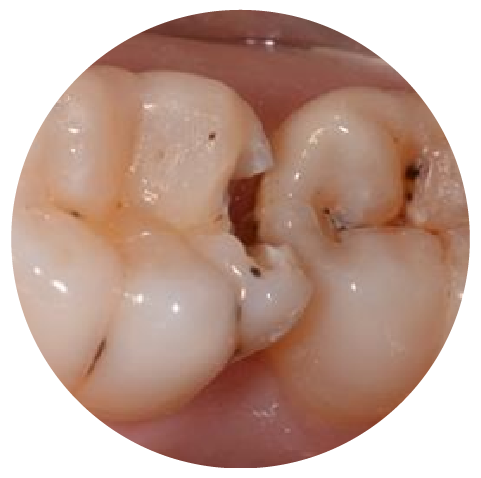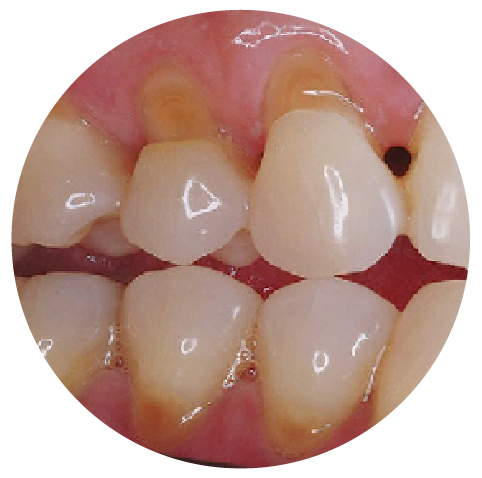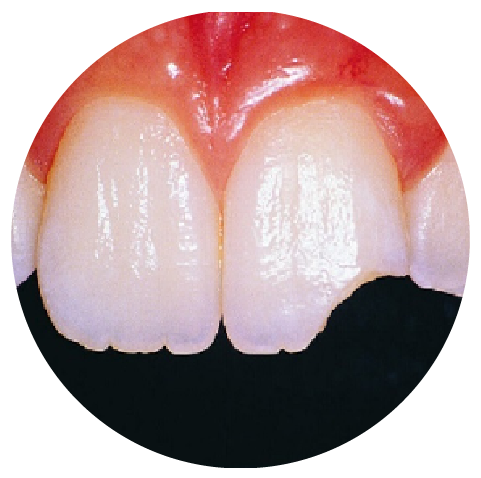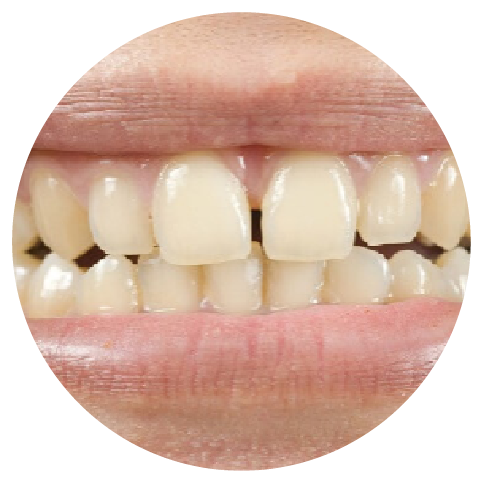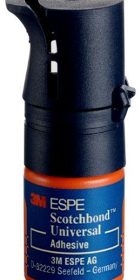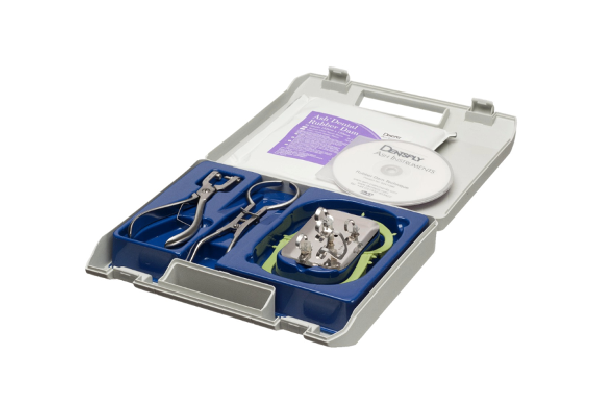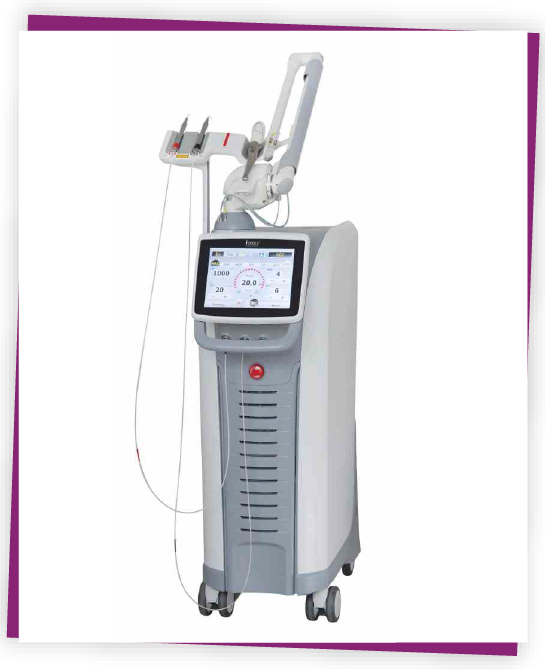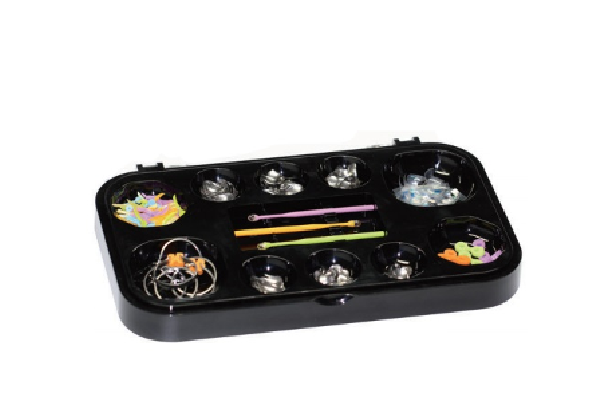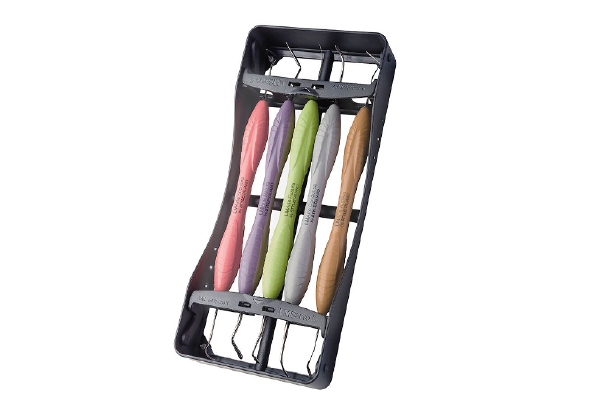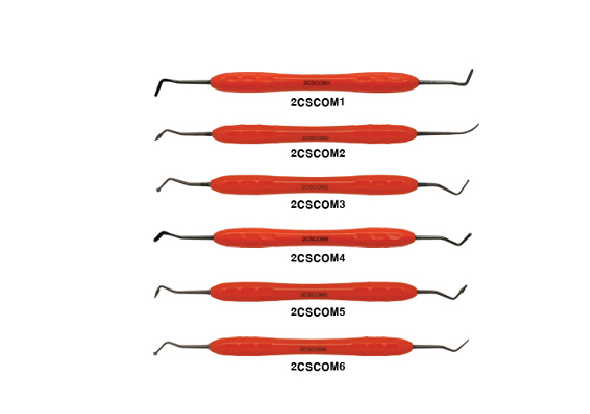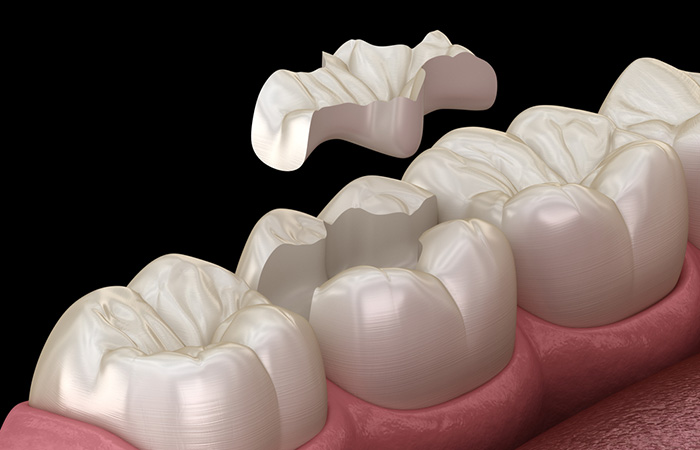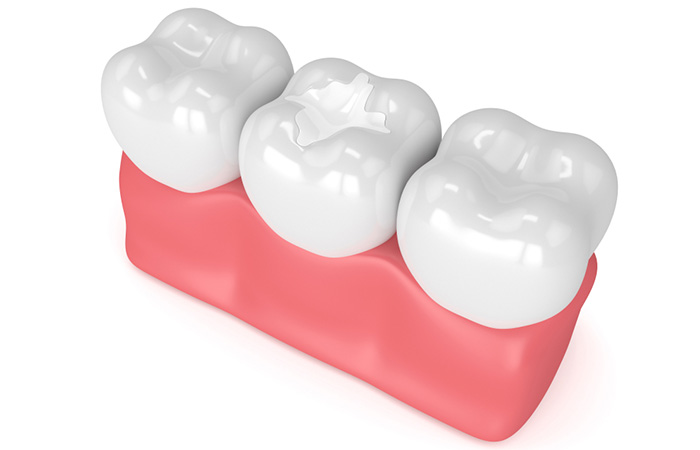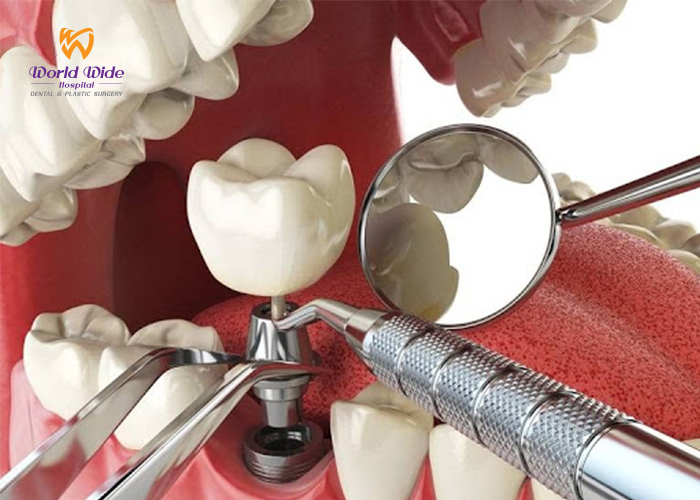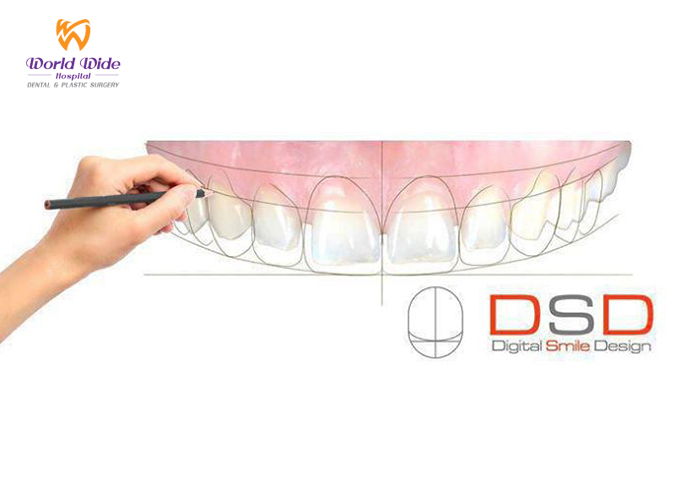WHAT ARE FILLINGS FOR DENTAL CARIES AND FRACTURES? WHAT IS THE COST OF DENTAL FILLINGS?
Fillings for dental caries and fractures are recommended by dentists for patients with early-stage decay. So, what exactly are these fillings? How many types of dental fillings are currently available? What is the cost of fillings for dental caries and fractures? Let’s explore these issues in the following article.
WHAT ARE DENTAL FILLINGS
Filling dental caries and fractures is a procedure using specialized materials to seal affected areas of teeth, aiming to restore tooth morphology and masticatory function.

Simply put, a dental filling involves using artificial materials to supplement missing tooth tissue, and this method does not affect the tooth structure as it doesn’t require grinding down the tooth.
TYPES OF DENTAL FILLINGS
Below are 4 types of aesthetic dental fillings commonly used today:
1. Amalgam Filling
Amalgam is a dental filling material combining copper, silver, tin, and mercury. The advantages of this material are its stability, durability, ease of use, and high wear resistance.
However, this material is less frequently used nowadays due to its color difference from natural teeth, compromising aesthetics after filling.
2. Composite Aesthetic Filling
Composite is a dental filling material made from acrylic resin and finely ground glass particles. This material has good durability and fracture resistance, withstanding moderate chewing pressure.
The main advantage of composite aesthetic fillings is that they match the color of natural teeth, providing excellent aesthetics.
3. Glass Ionomer Filling
Glass ionomer fillings are similar to composite fillings; however they lack strength and may erode over time.
4. Porcelain Inlay Filling
Porcelain inlay fillings have the major advantages of natural color and high durability; thus the cost of this service is higher than other types of fillings.
COST OF DENTAL FILLINGS
The cost of fillings for dental caries and fractures varies, depending on the dental facility and the extent of tooth decay. The specific cost will be determined accordingly.

Are dental fillings painful?
Filling dental caries and fractures is a relatively quick procedure that only affects the outer part of the tooth, so patients generally do not experience pain or discomfort during the process.
For cases of extensive decay reaching the dentin, local anesthesia will be administered before the filling procedure to ensure patient comfort.
When is aesthetic dental filling needed?
Aesthetic dental filling is a method to improve tooth shape and chewing function. Many people prefer this method due to its cost-effectiveness and quick procedure time. So, in which cases should dental filling be performed? When is aesthetic dental filling needed?
1. Filling Dental Caries and Fractures
Aesthetic dental filling for caries and fractures is frequently recommended by dentists, especially for patients with early-stage decay where inflammation hasn’t penetrated deep into the dentin.
Filling caries and fractures as soon as a cavity forms is an effective method to prevent further decay and protect the tooth from dangerous complications.
2. Diastema (Gaps Between Teeth)
Diastema can cause self-consciousness during social interactions. While orthodontics or veneers can be costly solutions, aesthetic dental filling is considered an optimal solution for this condition.
Filling helps close the gap between teeth, addressing both aesthetic concerns and preventing food impaction – a common cause of oral diseases.
3. Dental Cervical Abrasion
Cervical abrasion causes tooth sensitivity. Additionally, the yellowish defects at the tooth’s cervical area can affect confidence. Dental filling to restore cervical abrasion can effectively improve this issue, providing you with even, beautiful, and natural-looking teeth.
4. Chipped Teeth
Chipped teeth occur due to impacts or accidents, compromising aesthetics and interfering with eating. In such cases, dental filling can be applied to restore the chipped area and regain tooth aesthetics.
What are the advantages of aesthetic dental filling?
Here are some notable advantages of aesthetic dental filling:

- Good load-bearing capacity and erosion resistance
- High durability with minimal deformation or detachment
- Low cost, suitable for many patients’ budgets
- High aesthetic value while preserving tooth enamel
- Long lifespan, preventing further decay development, etc.
These are some advantages of filling dental caries and fractures. If you have any questions about this procedure, please contact our Customer Services team at Worldwide Hospital for assistance.

 Tiếng Việt
Tiếng Việt

